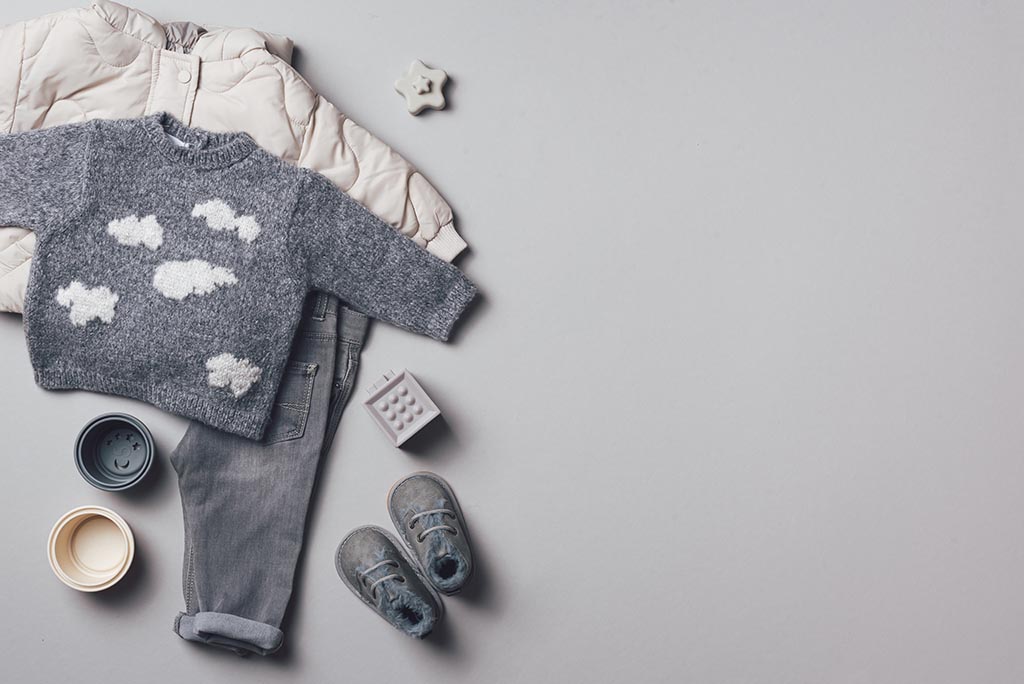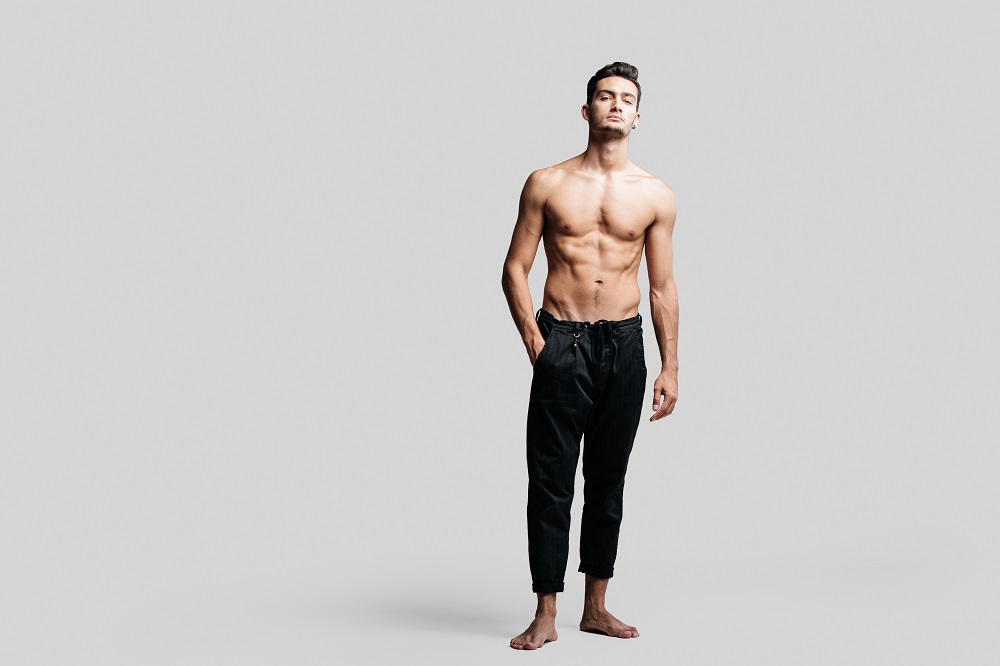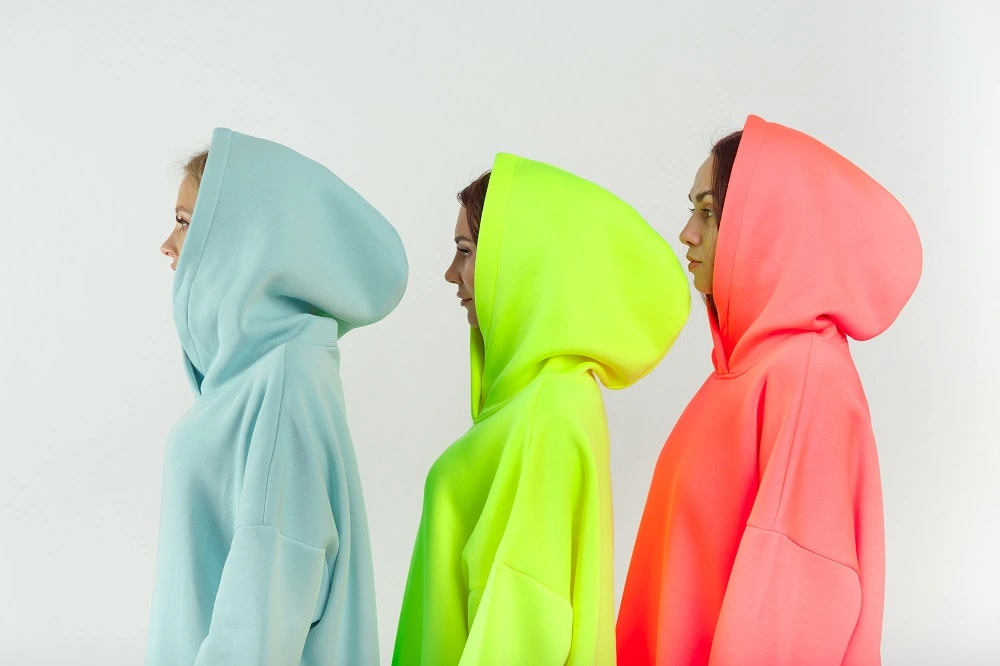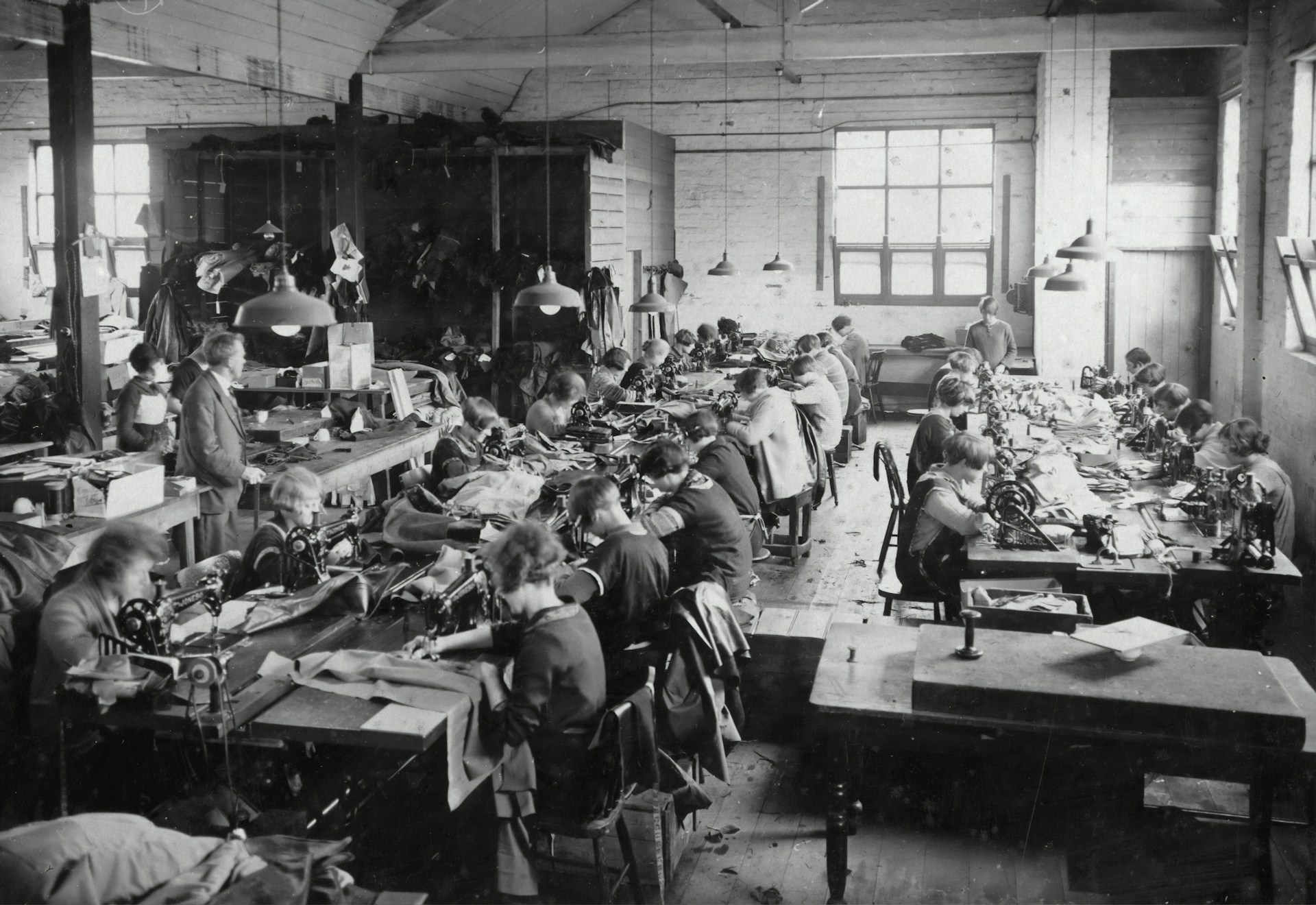It takes more than just looking for the softest touch when choosing the best fabric for baby clothes. Instead, consider several factors, such as the product’s level of comfort, the absence of harsh chemicals, and the product’s softness on their delicate skin. Selecting the appropriate fabric ensures that the infant will be incredibly comfortable and protected from a wide range of temperature fluctuations.
If you are wondering how to start a kid’s clothing line, this post will examine the trendiest fabrics for baby clothing, taking into account factors like comfort, robustness, and gentleness towards sensitive skin. We’ll walk you through the confusing array of options, from wool’s warmth to cotton’s velvety closeness.
Choosing Fabric For Baby Clothes: What to Consider
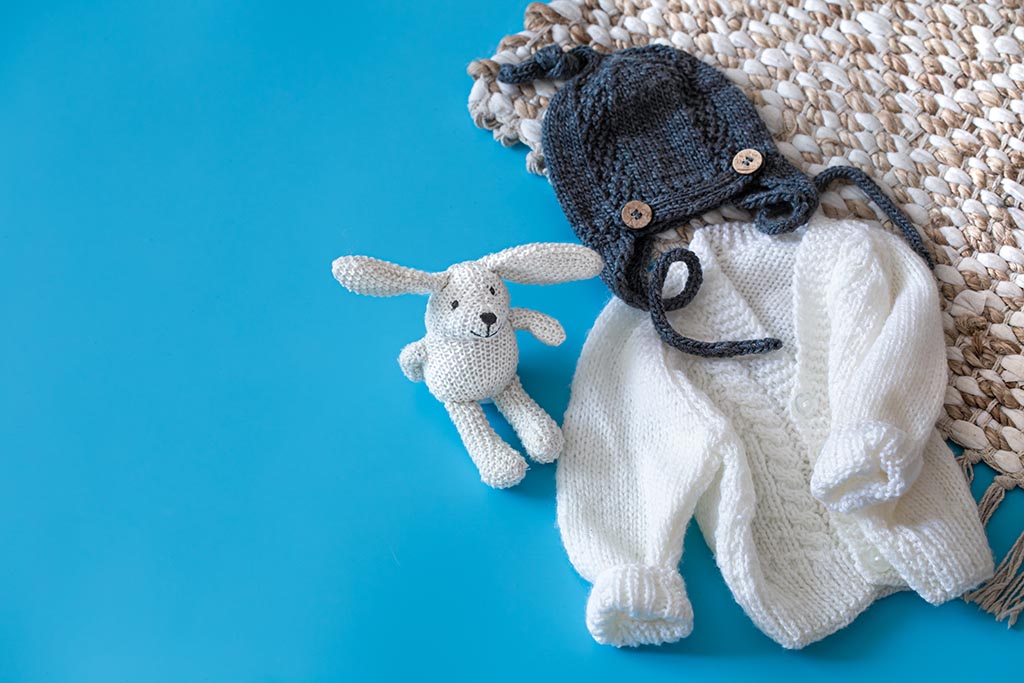
Are you still uncertain about what material is ideal for wearing for a child? Use these pointers to assist you in finding the ideal match.
Climate
When selecting infant clothing, take the weather and season into account. The United States experiences a wide range of weather, from sweltering summers to bitterly freezing winters. Take the location and season into consideration while choosing fabric for kids’ clothes. Warmer materials like bamboo and fleece are better for the winter, while summertime favorites like cotton and muslin are lightweight and breathable.
Style and Design
Everyone wants their kid to appear lovely, but safety and comfort should come first. Choose ensembles that complement the baby’s individuality from Sophia Rose’s assortment of fashionable styles, which include chic solids and adorable prints.
Eco-friendliness
If you value sustainability, seek out companies like Sophia Rose that use eco-friendly materials and processes. One such product is organic bamboo, which is not only good for the earth but also soothing on the baby’s skin.
Hypoallergenic Qualities
It’s crucial to select fabrics that won’t bother a baby’s sensitive skin, as some of them have it. Select natural fibers like cotton or bamboo, or look for materials with the designation “hypoallergenic.”
Feel
Make sure that babies’ garments are soft and kind on their delicate skin since they are blessed with that. The infant will always feel comfortable if you choose softer materials like cotton and wool.
Comfort
Fabrics have advantages beyond their tactile qualities that can contribute to the baby’s comfort. When selecting infant garments, you may be concerned about attributes like cooling, heat-wicking, flexibility, and moisture-absorbing capabilities.
Care
Consider the materials that best fit the requirements and way of life of the small adventurer. Are you prepared for a messy play period? Would you be content to wash some clothing by hand once a week? Would you rather do a load of laundry all at once? You can find the ideal match with the help of all of these responses.
Quality
Infants indeed outgrow their garments quickly. However, you will likely pass on these infant outfits. Selecting quality over quantity is always a smart idea if you want to pass them on, whether it’s to a future sibling, family member, friend, or donation.
Protection
Safety is the most important factor to take into account when dressing a baby. Stay away from clothing that has irritants, dyes, or dangerous substances in it. Select natural textiles like cotton, bamboo, and muslin, and look for labels attesting to the fabric’s absence of hazardous materials.
Price and Accessibility
Take availability and cost into account when shopping for baby apparel. Cotton is an affordable and easily obtainable material that is perfect for daily usage. Though they may cost more, bamboo and organic cotton offer sustainability and long-term benefits for those with sensitive skin.
Easy Dressing
Since changing clothes for a baby is necessary frequently, wear clothing that is simple to put on and take off. To make changing clothes and changing diapers easier, look for features like elastic waistbands, snap buttons, and roomy neck openings.
Durability
Clothes for babies should be sturdy and able to resist repeated washings because they grow up quickly. Not only are premium materials like bamboo cozy, but they also hold up over time.
What is the Best Fabric for Baby Wearing?
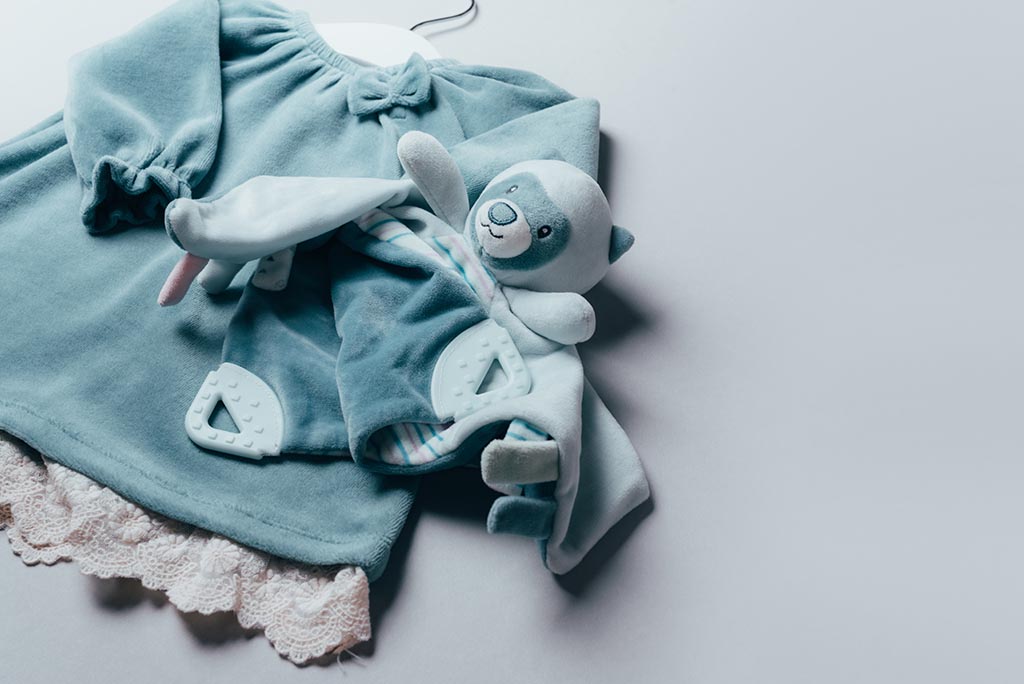
It’s imperative to choose fabric for infant clothing made of materials that are soft, cozy, and simple to maintain. There are more options available than ever before—so many that it might make your mind spin. Are you unsure about the finest textiles for young adventurers? Let’s examine some of the best baby-friendly products now available and the benefits they provide.
Cotton

Cotton fabric is a popular choice for creating children’s clothing and accessories since it is lightweight, incredibly soft, and easy to wash. In addition to being breathable, durable, and quick to dry, this fabric for baby clothes is also breathable, which is a godsend when you have to change the child’s clothes frequently from spills and active play. Choose organic fabric for stock if you can because it is grown without the use of chemicals or pesticides. Several organic fabrics are available in various weights, contingent on the intended use of the fabric.
Organic Cotton
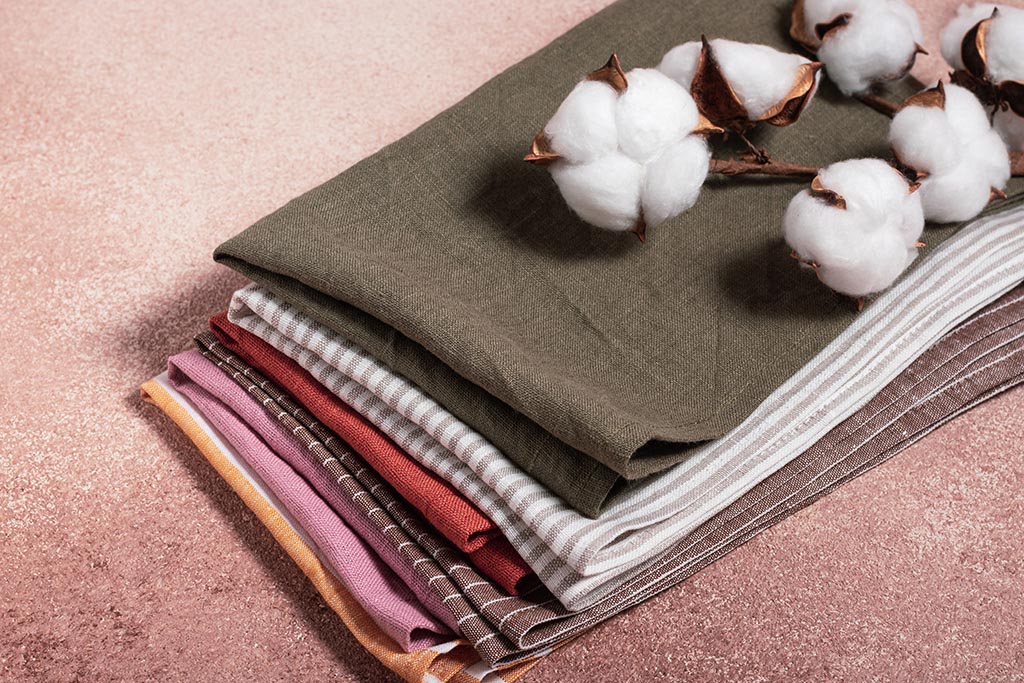
Organic cotton is safer for the environment and a baby’s skin because it is farmed without the use of synthetic fertilizers or dangerous pesticides. For baby garments, its softness, breathability, and durability make it highly praised. Additionally, organic cotton is simple to keep and launder, guaranteeing that it will always be soft on the baby’s skin.
Pointelle
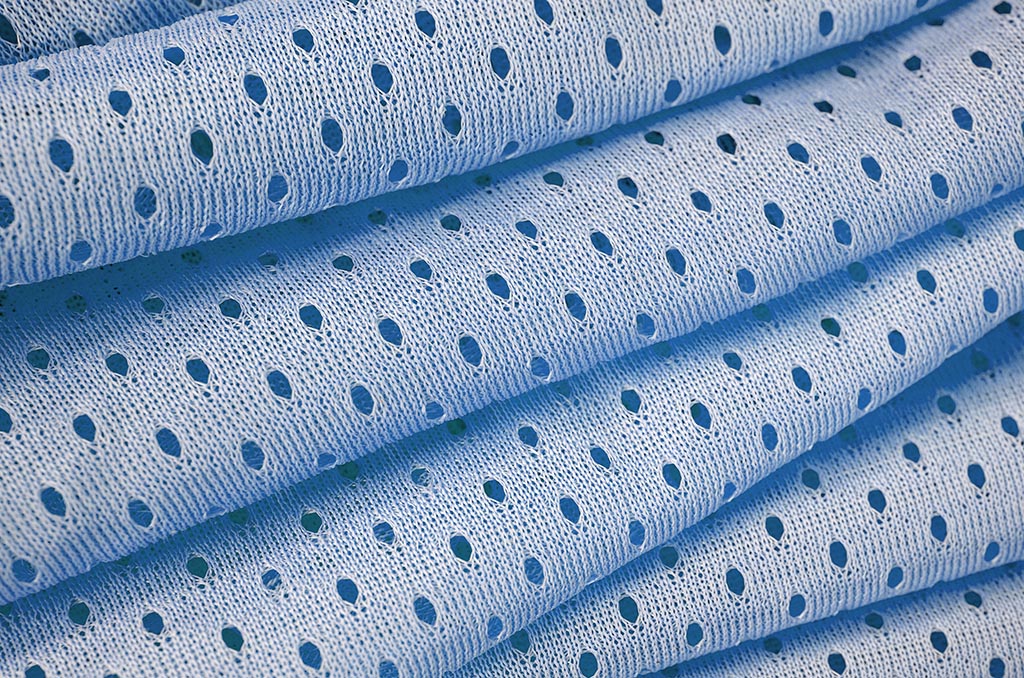
Since babies can sleep for up to eighteen hours every day, comfy pajamas are a must. Cotton pointelle is a unique baby fabric because it is stretchy, lightweight, and absorbs sweat. It is also aesthetically pleasing and cozy because of its distinctive pattern, which features tiny geometric holes that mimic lace.
Muslin
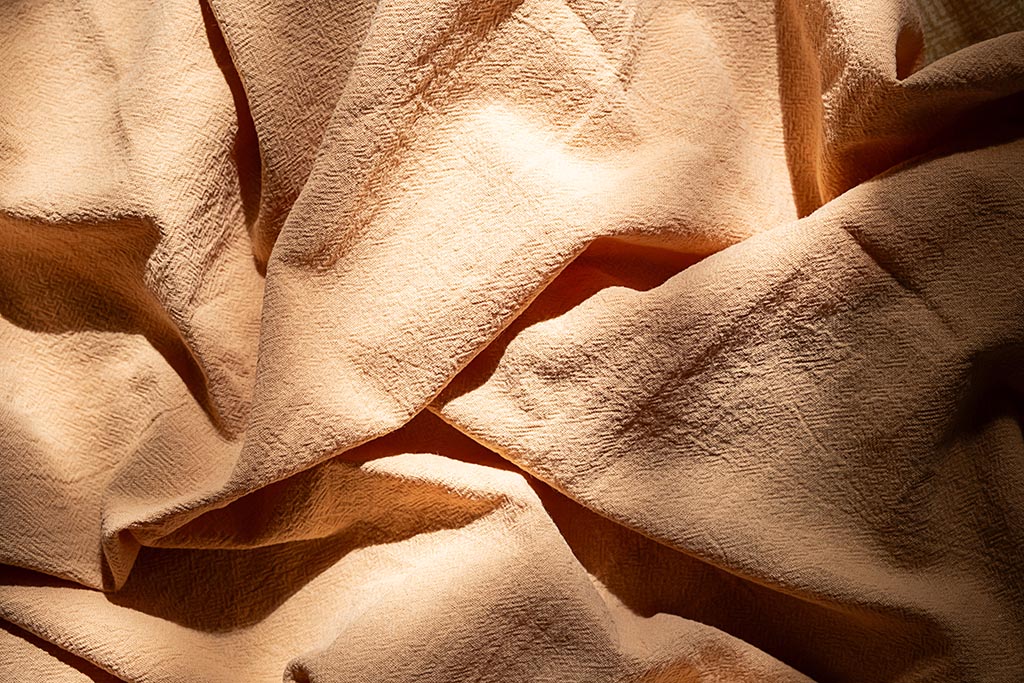
Muslin is a beautifully woven, lightweight cotton fabric for babies that gets softer and more breathable with every wash. Particularly in warmer areas, it’s frequently used for blankets, lightweight clothes, and baby swaddles. Because of the open weave of muslin, air can flow freely, keeping the baby comfortable and the coolest fabric.
Interlock
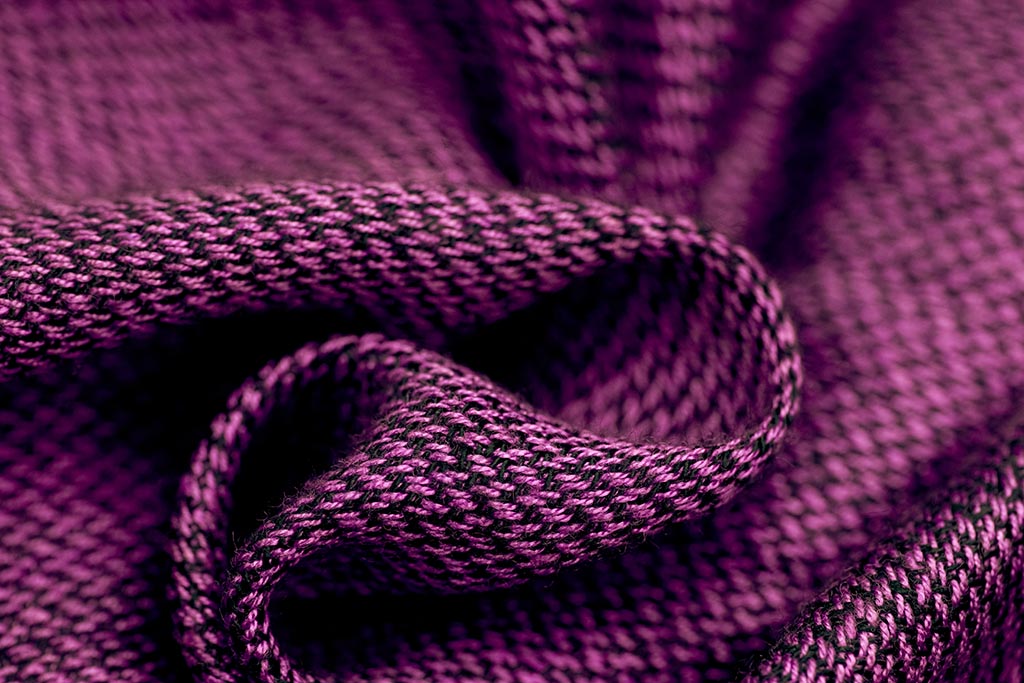
All of the material is made of cotton. The touch feels good and it warms up nicely. It stretches incredibly well and maintains its shape. When selecting clothing for a youngster with sensitive skin, experts advise sticking with interlock. Redness, allergies, irritations, etc. are not brought on by it. For those who struggle to select safe fabric for infant apparel, this fabric might be their true salvation.
Gauze
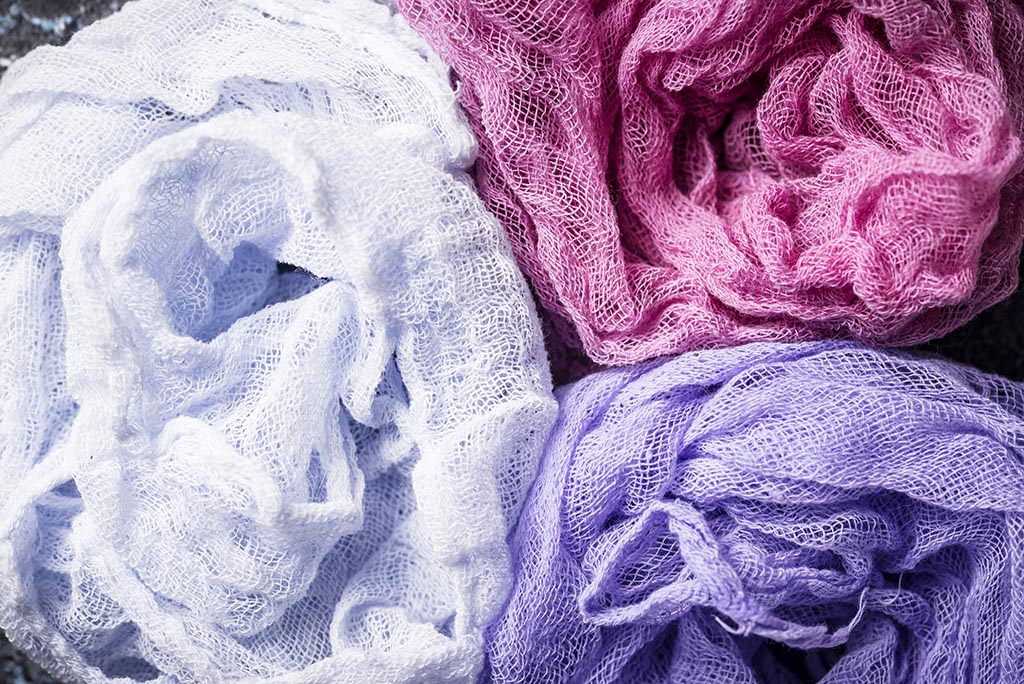
It is made of a soft, robust, breathable cotton that stretches nicely without irritating a baby’s sensitive skin. Since the fabric is not slack, the edges of various clothing models are left raw, which is highly practical for apparel intended for youngsters. These super soft newborn clothes are used to manufacture sheets, undergarments, and summer clothing. For toddlers, gauze is available in the form of diapers, caps, scratches and booties, overalls, pants, and shirts. The first concern is comfort, which is why the clothing is sewn inside out to avoid pressing or rubbing the sensitive newborn skin.
Linen
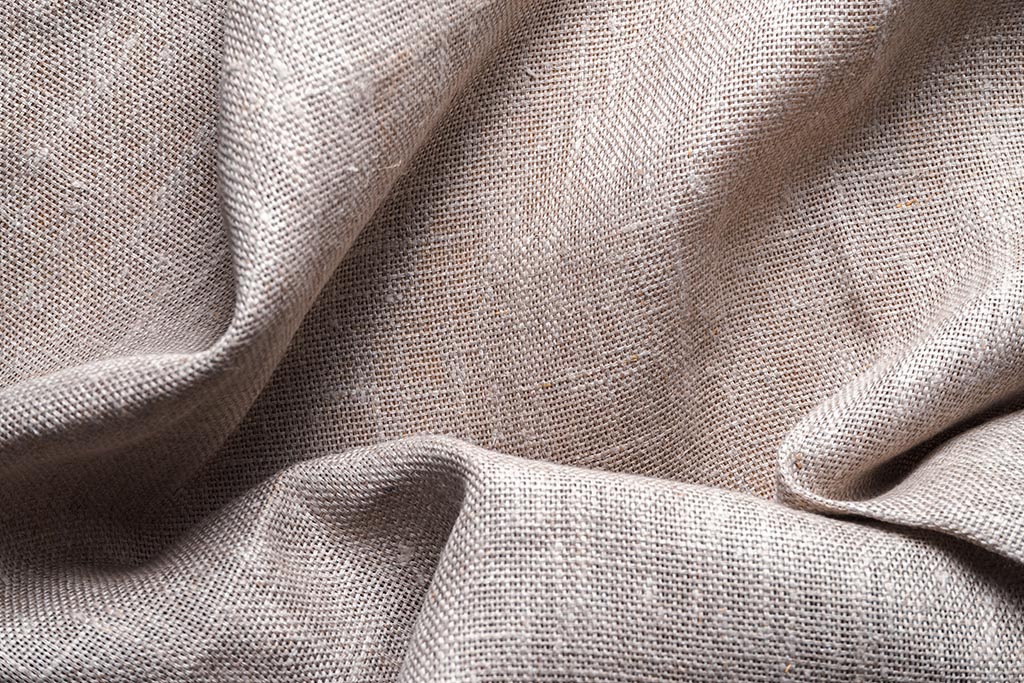
Although linen creases easily, don’t discount this organic fabric. It’s perfect for a variety of textile products for kids, such as clothes. Though breathable, linen is more breathable than cotton. It is also an excellent textile option for summer clothing since it helps to absorb sweat and controls the child’s temperature. It will also shield kids from the sun if producers combine this fabric with flax. Particularly breathable is the lightweight handkerchief linen fabric. It is frequently used for christening gowns because it’s a light fabric that is silky and wrinkle-resistant.
Wool
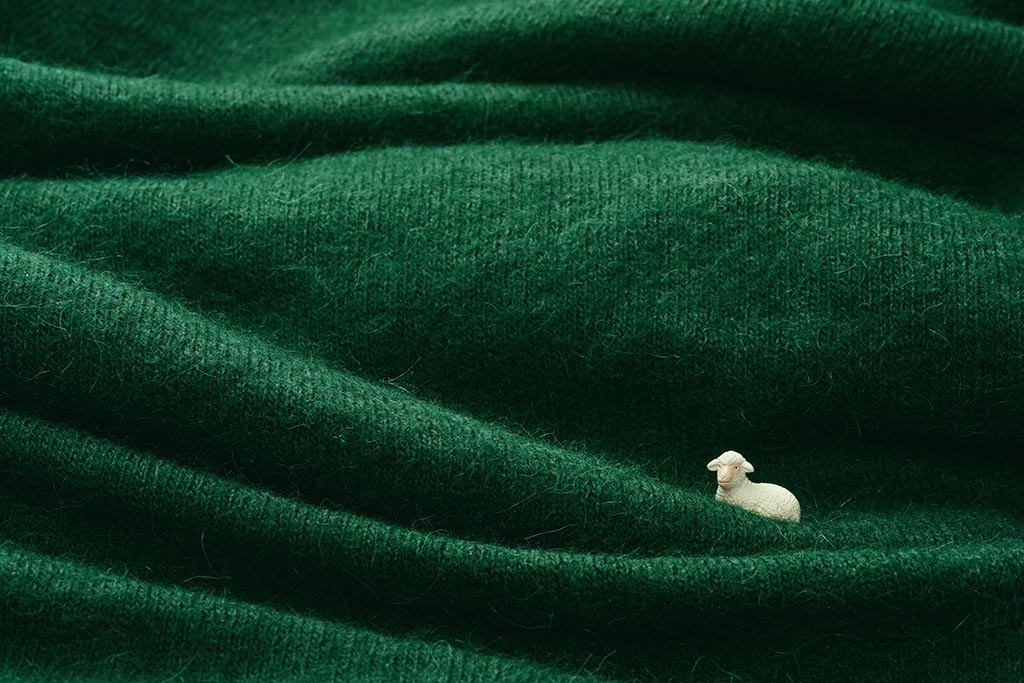
When looking for brand-name children’s clothing, material made of this natural fiber is the best option because it is lightweight, stain-resistant, sustainable, adaptable, and incredibly comfortable. The best part is that wool fabrics suitable for infants let air circulate and absorb perspiration from the skin, keeping kids dry and never feeling wet or clammy. The woolen cloth also maintains its shape and doesn’t fray or crease. For small children, cashmere and merino wool are preferred wool materials because of their longevity, warmth, and softness. Luxurious cashmere blankets and soft, plush Merino wool knits, caps, gloves, and blankets are also available.
Bamboo
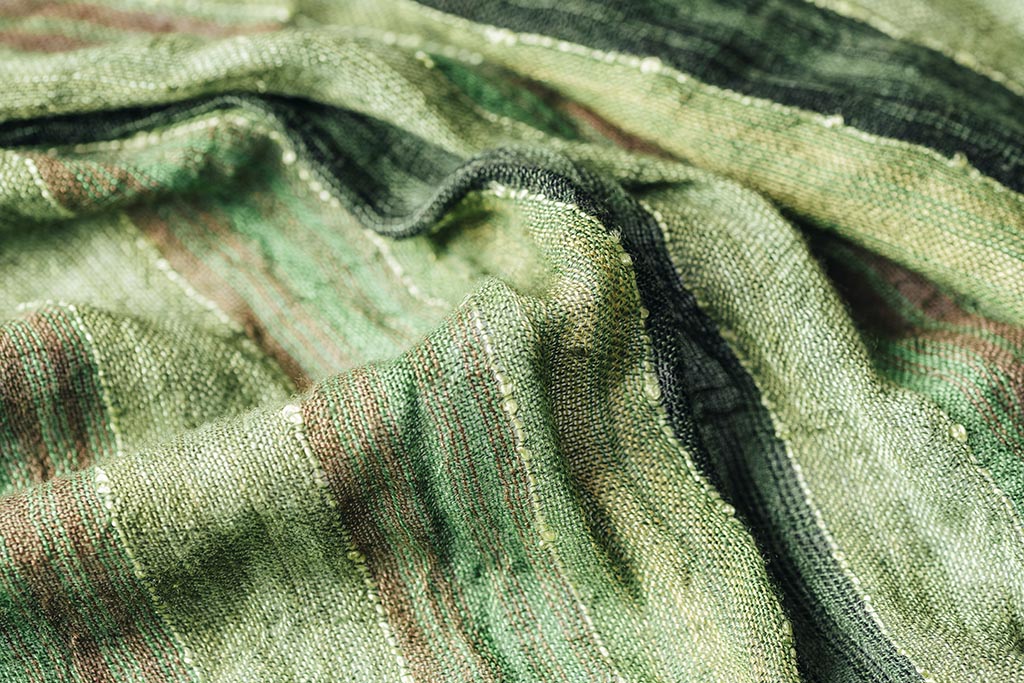
Despite being a naturally occurring fiber made from bamboo wood pulp, the process of turning that pulp into the softest baby clothes for textiles requires the use of chemicals. When you go shopping or before you put something on the want list for fabrics, consider this. Bamboo material is non-allergenic, but because of the chemicals used in its production, a lot of kids with eczema are allergic to it. You’ll find bamboo cloth to be incredibly comfortable and breathable if the child can wear it. The fabric controls warmth, allowing kids to wear it without overheating. In addition, it is strong, resistant to mold, and hypoallergenic.
Fleece
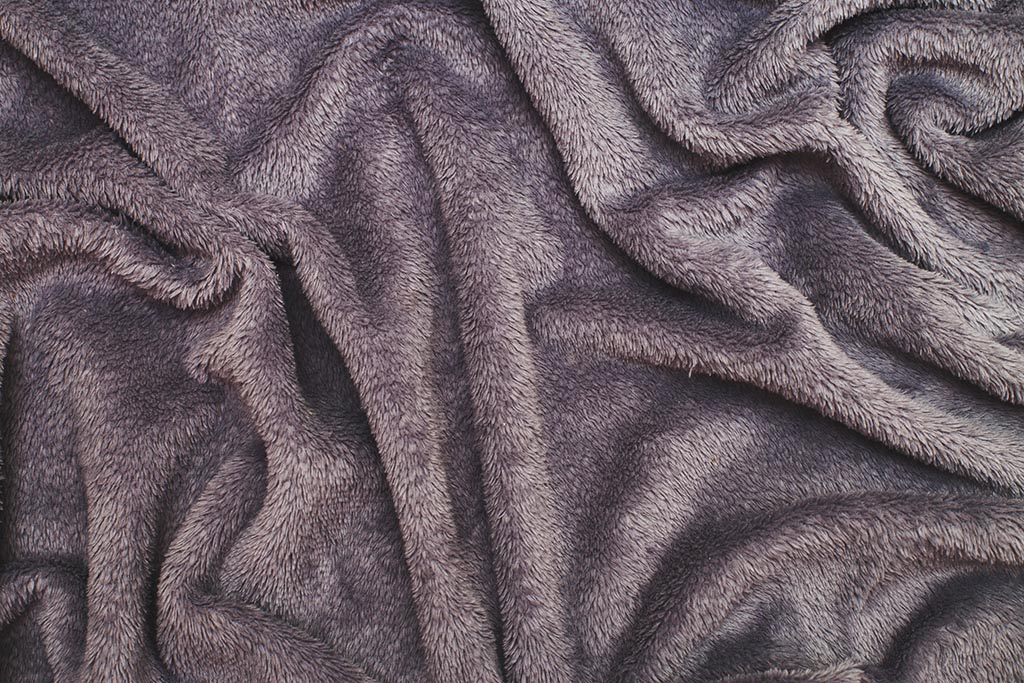
Merino wool fleece and fleece cloth are two entirely separate materials; do not mistake them. Polyester is used to create this synthetic knit fabric. It doesn’t fray and is incredibly soft. Similar to wool, this fabric wicks away moisture and insulates the body, making it incredibly warm and perfect for winter apparel and accessories. Compared to wool fabric, fleece material dries faster and can be machine-washed, making it much easier to maintain. Although it’s perfect for UK materials for kids’ coats and blankets, avoid using this material on newborns as it doesn’t breathe and could cause overheating.
Knits
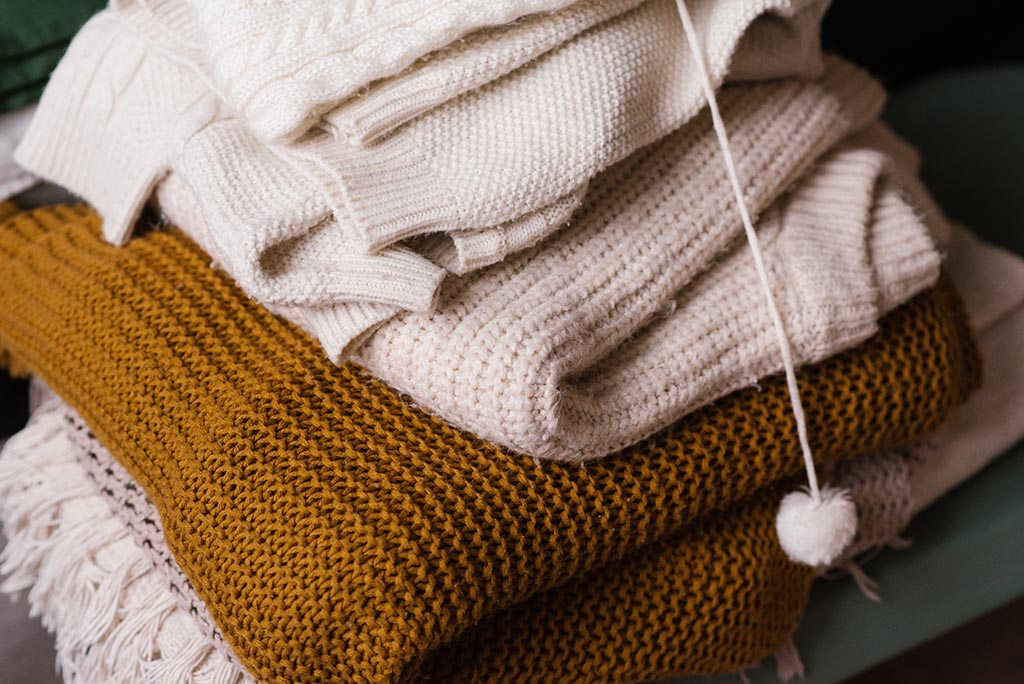
Stretchy rather than woven, these fabrics are unique for dressmaking. The colors and designs are vivid when printed on them. They can also be made from many types of fibers. For example, knit textiles are used to produce T-shirts. These materials are perfect for any child’s clothing and accessory project, so be sure to include them on the list.
Diverse Kinds of Knits
There are many different types of fabric knits available today, such as knit, the most widely used fabric.
- Knits are textiles composed of a blend of polyester and cotton or one of several fibers, such as wool, silk, and cotton. Should the material be blended, you will discover that it is highly breathable and controls temperature, meaning you won’t have to wear it in the summer.
- Cotton jersey has a four-way stretch and is medium in weight. Compared to knits made of silk or rayon, t-shirt jersey fabric is less delicate.
- Soft, comfy, and breathable, this material is resistant to deterioration. In addition to T-shirts and other child-friendly fabric accessories, frequently use them to produce vests, underwear, baby clothes, and vests.
Silk
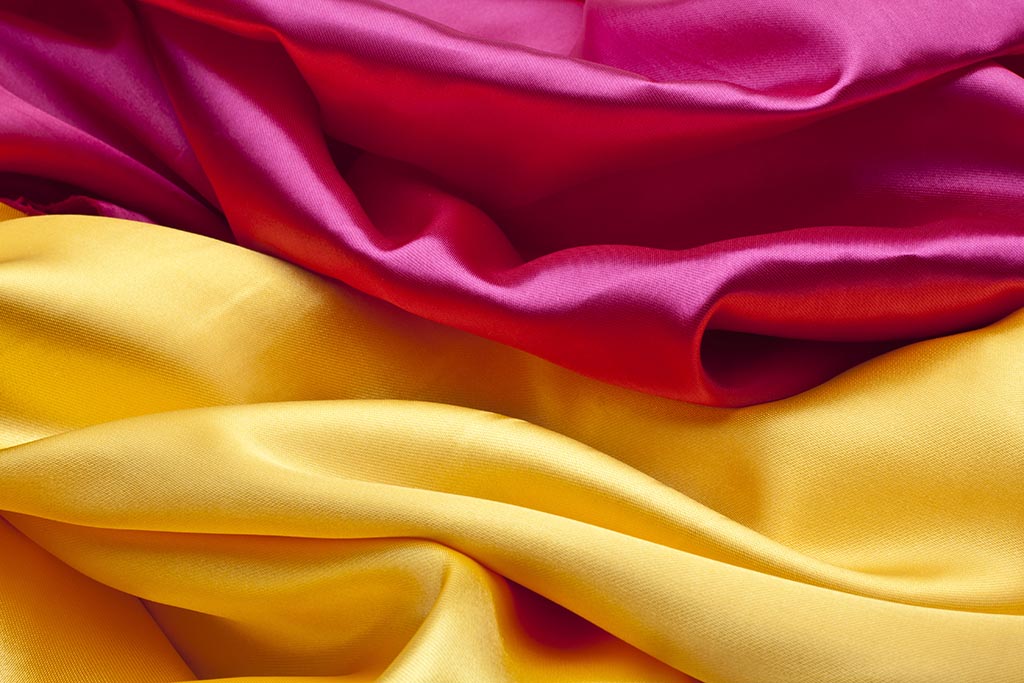
This substance is also organic. Its numerous good qualities include being soft, long-lasting, and hygroscopic. The fabric is ideal for formal occasions because it is elegant, lovely, and slightly sparkly. One drawback is that silk tarnishes in the sun. It is therefore best to avoid wearing it in particularly hot summer months. However, kids grow up quickly, so you might not get another chance to wear a certain item. Thus, perhaps you can overlook this feature and simply allow the youngster to feel at ease.
Sateen

The cloth has highlights and is bright, silky, and very delicate to the touch. Sateen is the primary material for textiles, and what sets them apart from other cotton fabrics is a particular kind of weaving in which thinner, twisted threads are used for the front of the cloth, and dense, thick threads are used for the reverse. It is a strong, long-lasting substance that keeps its elegance, luster, and appeal for a very long period. It is nearly perfect.
Waterproof Fabrics
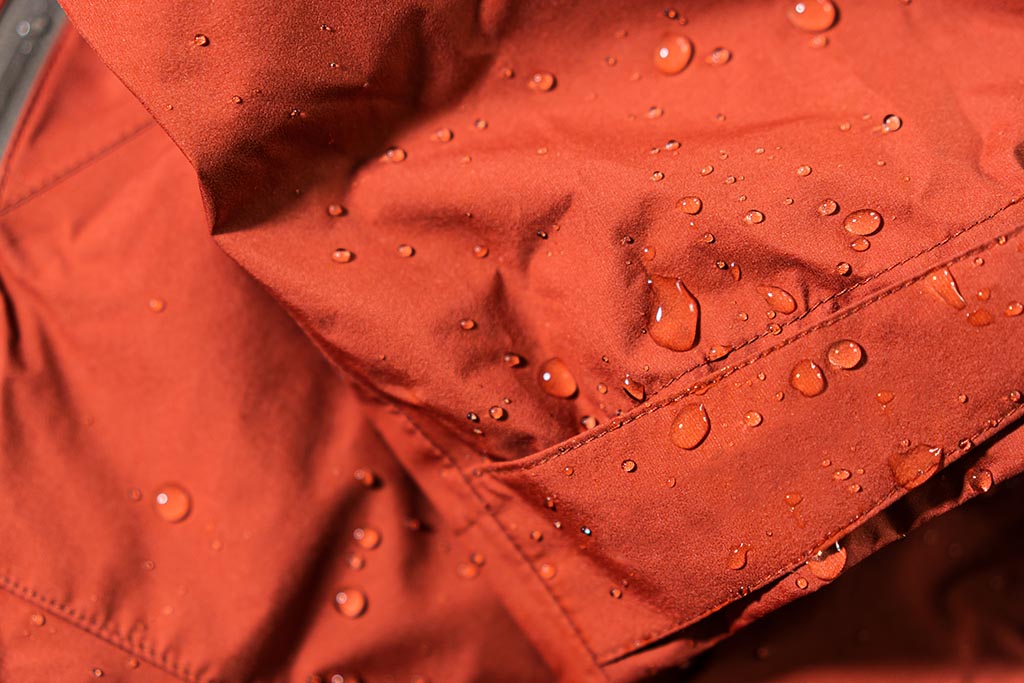
Kids require a lot of waterproof fabric materials for everything from raincoats to diapers, bibs, beds, and dressmaking. It produces clothing and accessories made of waterproof fabric by a meter and half a meter. However, whichever material you decide on, be sure it breathes well and won’t irritate the infant. This is the one occasion where selecting a synthetic fabric with waterproof properties is ideal. This explains why synthetic outer fabric layers are found in a large number of waterproof coats for both adults and children.
Ribs
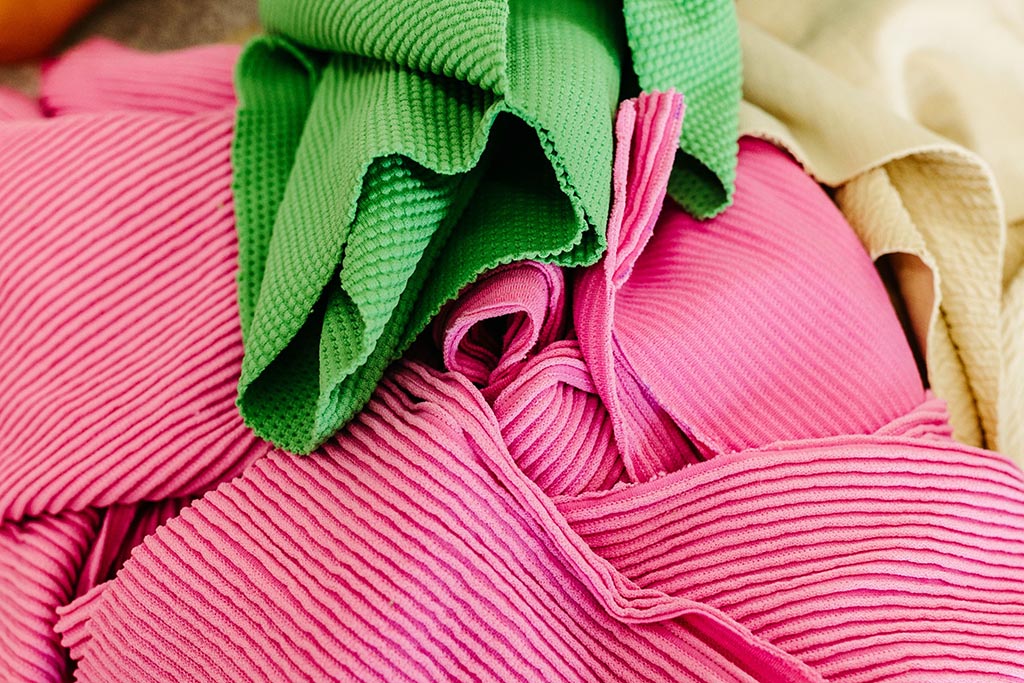
Not only is rib fabric utilized for t-shirt necklines, but it’s also employed for hoodie hems, sweater edges, training pants ends, and cuffs on sleeves. These days, a lot of manufacturers make long-sleeve shirts, cardigans, tunics, cuffs, dresses, and infant clothing out of rib fabric. Try Eco Rib from Paramatex; it’s ideal for rompers and top and cutie combos because it’s composed of 87% recycled polyester and 13% spandex.
Quick-drying Materials
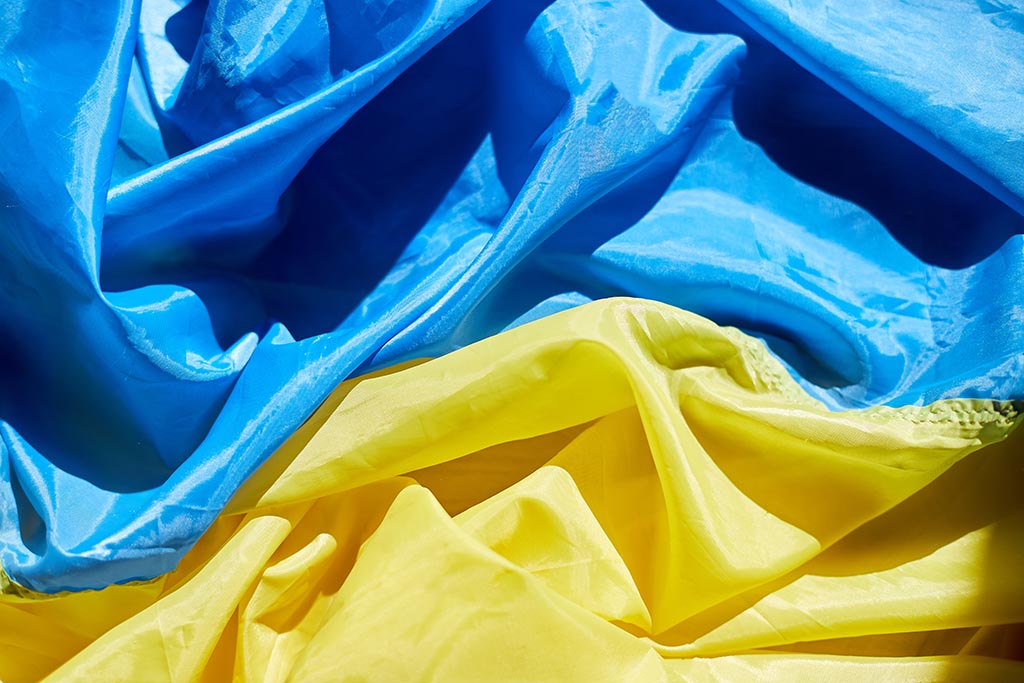
These are usually synthetic textiles since they dry the fastest. Babies can change into multiple outfits during the day, so you’ll need clothes that dry quickly. These textile goods must dry fast and be simple to clean. Children’s swimwear is something you should consider carefully. You can choose from a wider variety of textiles if you have a tumble dryer. The cause? With the aid of technology, you can quickly dry the items. Because it dries quickly, polyester is a common material choice for children’s clothing. Although natural materials also dry rapidly, they aren’t always as warm or long-lasting as their synthetic counterparts.
What is the Most Comfortable Fabric for Babies?
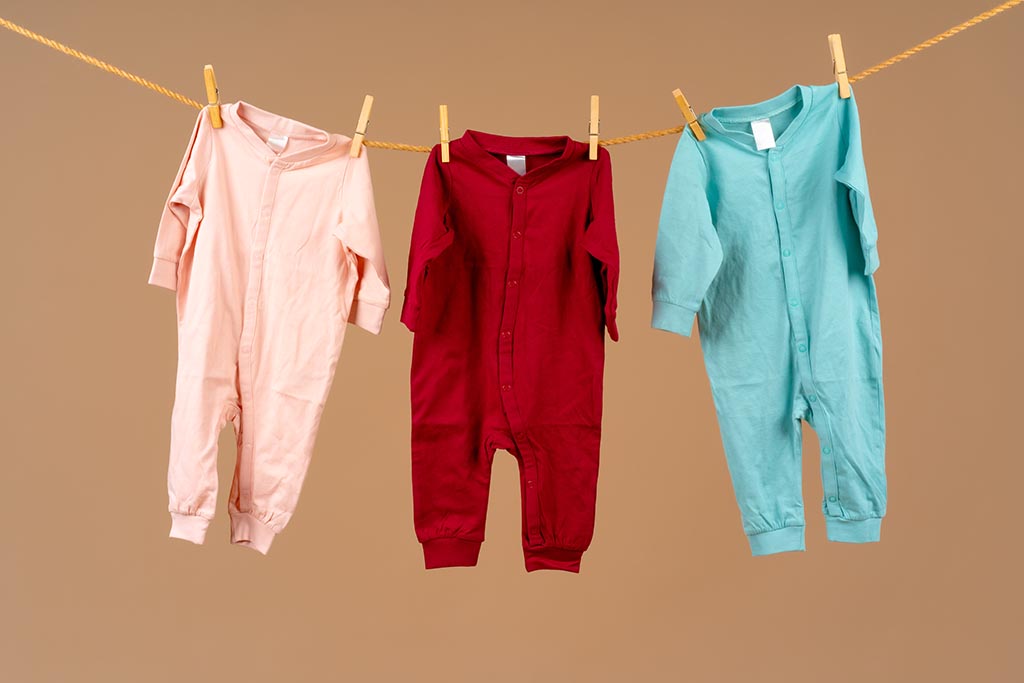
Good sleep and general well-being are enhanced by the baby wearing comfortable clothing that allows them to move freely and lowers their chance of causing irritation or discomfort. A well-fitting, breathable, soft, and lightweight fabric is the most comfortable for babies. Naturally, the softest materials for a baby’s maximum comfort are organic cotton, cotton jersey, and bamboo.
Our Choice: Cotton Lawn Lima
A cotton fabric with an excellent grip. It is incredibly lightweight and breathable, with a tight weave that effectively retains heat, making it ideal for baby garments for all seasons. Its face is made of a combination of polyester and 100% natural cotton, giving it the easy-care properties of poly and the sensitivity of natural fabric. This can be tumble dried on low heat after washing on a regular 30° cycle.
Why Comfort Is Important for Baby Clothes
There is a connection between a baby’s level of comfort and overall health. The child’s happiness and health will increase if you use the right supplies and clothe them comfortably. The following justifies making comfort a priority:
1. Sensitive Skin
Compared to adult skin, baby skin is more delicate and thinner. To help prevent irritation, rashes, and other skin conditions, choose fabrics that feel smooth and pleasant to the touch. Fabrics treated chemically or made of harsh materials may irritate skin or trigger allergies.
2. Controlling Temperature
Unlike adults, babies cannot control their body temperature. Newborns are warm in the winter and pleasant in the summer when dressed in breathable, soft materials like cotton. This is particularly important in areas and seasons when there are significant differences in the climate.
3. Mobility
Wearing cozy clothes made of pliable and elastic materials enables babies to kick, crawl, and investigate their surroundings. Clothing that is too tight or constricting may hurt them and limit their growth.
4. Better Quality Sleep
Since babies sleep for long periods, wearing uncomfortable clothing might disrupt their sleeping patterns. Soft, breathable clothing can enhance the sleeping environment and make it easier for parents and newborns to fall asleep.
5. Guarding Against Overheating
Newborns should not be overheated, especially during the sweltering summer months. Using breathable, lightweight textiles helps to keep the baby’s body cool and prevents sweat from getting on their skin.
What Fabrics Irritate Baby Skin?
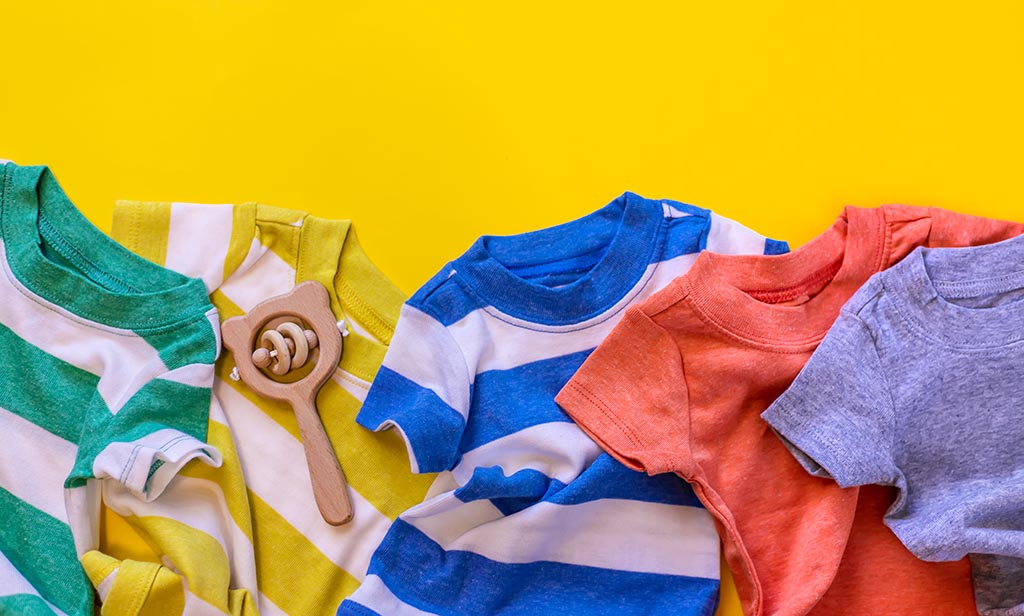
Selecting synthetic materials is not advised. Before purchasing children’s clothing, let’s carefully check the labels to make sure polyester isn’t included.
Nylon
Wearing nylon on babies is not a good idea. On hot days, this fabric won’t absorb moisture, causing sweat to adhere to the skin. Sweat that is too sticky encourages the growth of fungi and odor on the body. Formaldehyde is one allergen found in nylon that has been linked to skin irritation and eye issues. This may worsen and cause more complications for the youngster.
Polyester
Is polyester bad for babies? Babies who are clothed in polyester are subjected to enormous concentrations of microplastics through their skin, air, and teething. This impermeable barrier has the potential to retain heat and moisture, which could cause pain and skin irritation. Wearing clothes with a higher percentage of natural fibers is the best choice for babies with sensitive skin. Additionally, recycled polyester is not a better option than virgin plastic; it poses a greater risk to human health than virgin plastic, despite what many manufacturers would have you believe.
Teflon
Teflon is a substance that is highly valued for its capacity to minimize wrinkles and avert stains on clothing. However, because this material will release a poisonous gas at high temperatures, moms should steer clear of it while purchasing newborn garments for their children. This gas can harm a baby’s health if inhaled, leading to birth abnormalities or cardiovascular conditions.
Rayon
Rayon is made from wood pulp but is chemically processed, including with CS2, which is harmful to babies’ health. It is the primary cause of vomiting and tightness in the chest in children.
Voile
One more synthetic material. Though it’s ideal for adding flair to kids’ clothes, it poses a serious risk to infants and young children.
Microfiber
This fabric, which is relatively new, is often utilized for outerwear. It is best to pay attention to good-quality fabrics, though, as they have not been tested for baby safety.
Final Words
Selecting the best fabrics for baby clothes is about more than just fashion or appearance; it’s about making sure the child is secure, comfortable, and healthy. By dressing the baby in soft, breathable materials that are suitable for the weather, you can ensure their comfort and happiness throughout the day.
Weft Apparel, a baby clothing manufacturer, is a great option to think about if you want to launch your baby clothing brand with fashionable, cozy, and secure apparel. With so many fabric possibilities at our disposal—from eco-friendly bamboo to durable cotton—let’s find the perfect balance between breathability, durability, and comfort.

